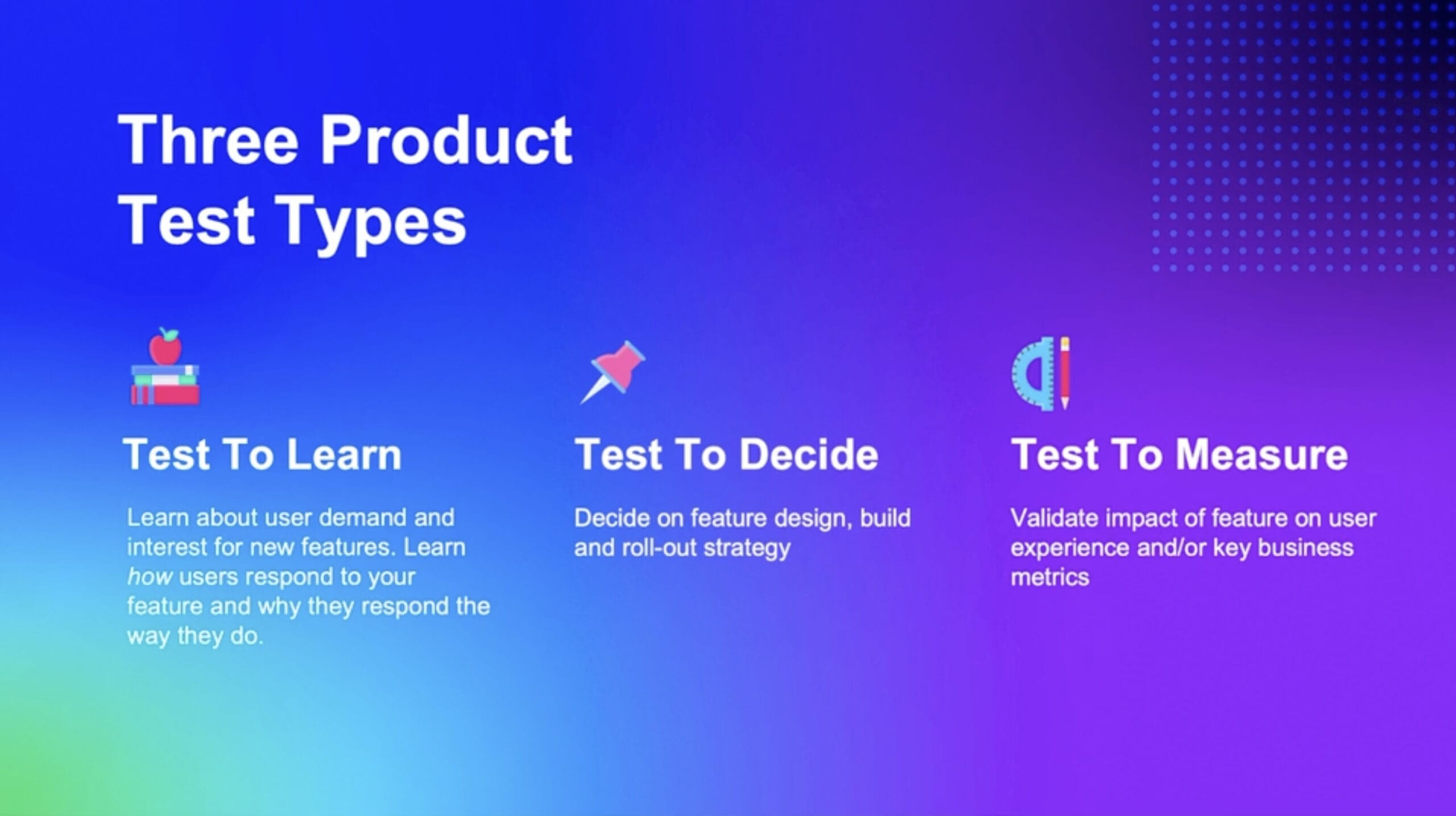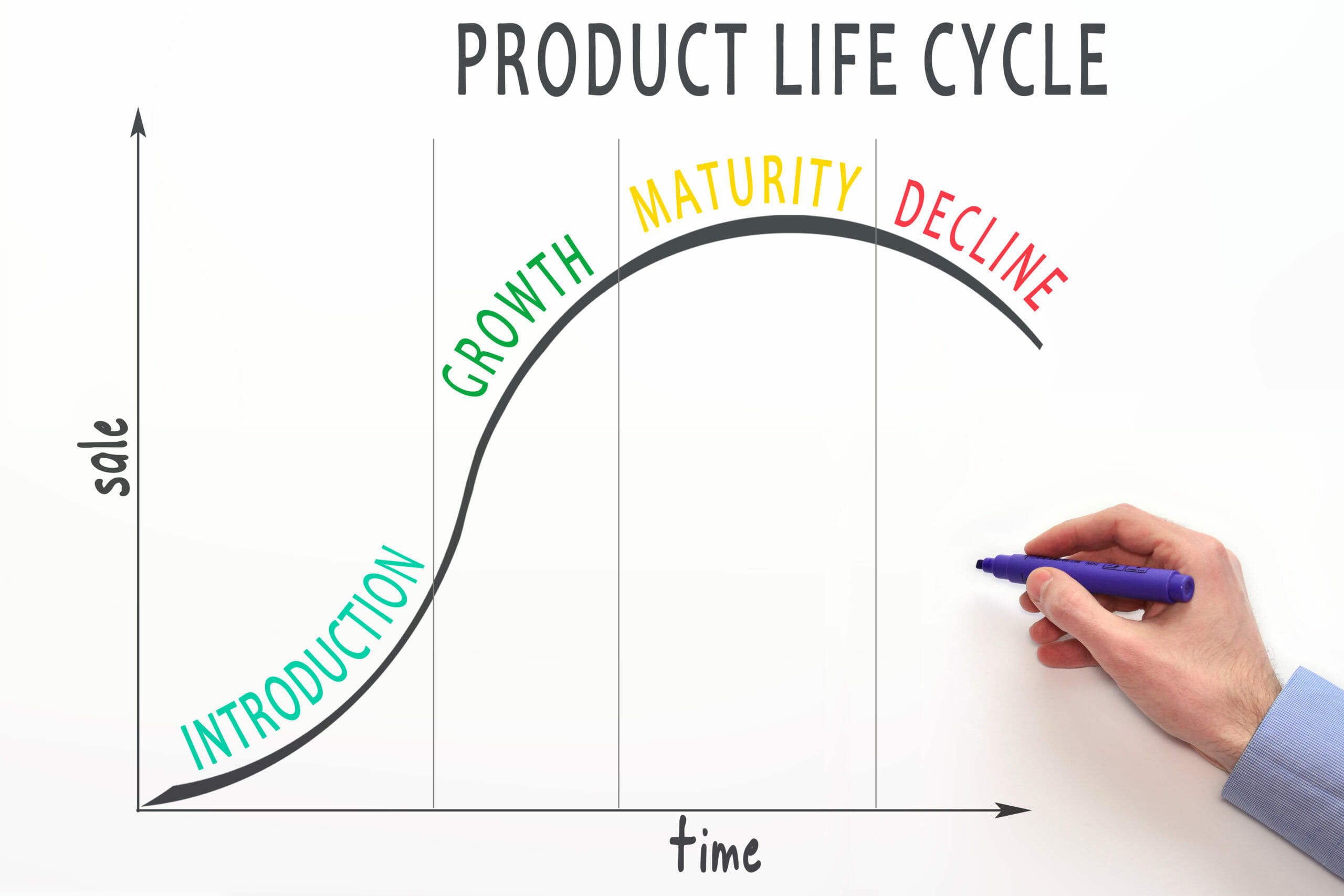In the domain of digital product development, the challenge of delivering value and delighting customers often persists even though design-thinking and customer-centricity are a primary concern. The journey of a product – from its inception to retirement – plays a crucial role in navigating through various risks like delivery, market, and technology uncertainties. An effective approach to lifecycle management is key for organisations to build the right products and to build them in the right way; this is especially true for digital products which need to continually evolve to respond to customer needs. Digital product managers (DPMs) need to understand that there are several different types of “lifecycle” and know how to use them appropriately.
The Cambridge Dictionary defines a lifecycle as “the series of changes that a product, process, activity, etc. goes through during its existence”. In digital product management, lifecycles can be broadly classified into four types: project, development, product, and investment lifecycles. In many organisations, these often need to co-exist.
Project lifecycles are structured frameworks used to transform concepts into reality through distinct stages, oriented towards managing the delivery phases of one-off initiatives. They are particularly suited to initiatives with well-defined outcomes and steps, allowing for clear planning and execution while mitigating risks associated with resources, supply chain, compliance, and scope. However, this method is not ideal for products with evolving requirements, as it lacks focus on feedback, user experience and customer value. Typically, value is not realised until the very end of a project, and post-delivery aspects like maintenance, enhancements, and support are not a part of the lifecycle.
Development lifecycles manage how work flows through organisations. They help teams to decide what needs to be worked on, the sequence of the work, and the way work is accepted as complete. They also establish a predictable flow of deliverables tailored to the capacity and constraints of an organisation. There are various development lifecycle models including Waterfall and Agile methods, however these lifecycles are often criticised for focusing on outputs over outcomes, potentially neglecting the enhancement of the product's value to end-users and the validation of real customer problems. Furthermore, development lifecycles are not usually geared towards ongoing product operations, so supporting sustainable solutions and aligning them to long-term business goals can still be a challenge.
Product lifecycles direct how products operate and govern how they access the market. They reduce risks related to market fit, customer demand, brand and product performance. Historically, product lifecycles followed a marketing-centric model designed primarily for physical goods. This model was adapted for software in the 1980s but is not ideal for today's digital products which evolve continuously based on user feedback and data. More recently lifecycles are emerging that help organisations to explore the market and customer needs, pivot the product to respond to user feedback, and scale the user-base effectively. Current thought leaders advocate for integrating product discovery with delivery rather than treating them as distinct phases, so new lifecycles are emerging that focus on leveraging continuous discovery and empirical customer data to shape products and manage their market presence.
Investment lifecycles regulate the amount of money spent on initiatives. Their primary purpose is to reduce financial risk and enable business longevity. They are commonly employed by investors and fiduciaries to concentrate financial resources on endeavours that are expected to yield tangible business benefits. From a product management perspective, investment lifecycles are beneficial as they align funding with product value, ensuring that investment is directed towards the most impactful initiatives. Managing investments in terms of maturity horizons can be particularly helpful for managing a portfolio of products at various stages of their lifecycles.
Through my work as a product and organisational agility consultant, I have seen first-hand how a lack of understanding about lifecycle types can create major problems. An example of this is my work with an organisation struggling to replace their Software Development Lifecycle (SDLC) with the Government Digital Service (GDS) approach to development: this is a transition from a development lifecycle to a product lifecycle. I observed that although the new GDS product lifecycle helped produce better software (due to the focus on customer-centricity and user-experience), it lacked the structured approach to managing workflow that their SDLC had provided. This resulted in problems releasing software, as the governance needed to go live was not well defined in their new lifecycle. This challenge was resolved by establishing a well-understood development lifecycle as well as a clear product lifecycle. These frameworks were configured to be complimentary to each other: this enabled the organisation to manage their workflow and release process while simultaneously taking a structured approach to evolving their products and accessing their target markets.
Understanding and implementing the right mix of lifecycles is paramount in the digital domain to ensure products are both strategically conceived and executed. Moving beyond traditional models to embrace continuous discovery and adaptation throughout the product lifecycle can significantly enhance value, promote longevity, and increase innovation, while effectively managing risk and financial exposure.
When selecting a lifecycle for digital products, look for product lifecycles that do the following:
In addition to selecting the right lifecycles, it is important to understand that they need to be tailored appropriately to suit the environment and work hand-in-hand with other types of lifecycles. These ways-of-working need to be clearly articulated and communicated, so that teams understand how they need to work. When this is in place, product management becomes much easier, and digital product managers are able to focus their efforts on the activities that grow the product and delight customers.
Explore more great product management content by exploring our Content A-Z








Comments
Join the community
Sign up for free to share your thoughts